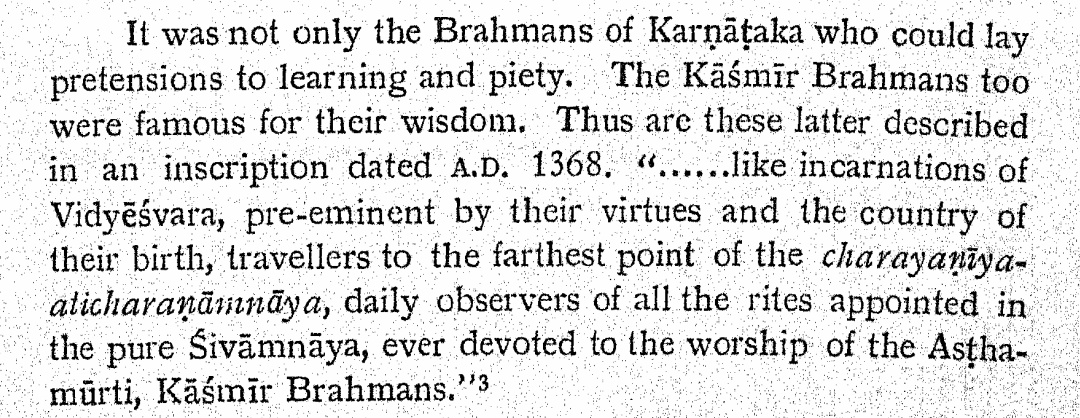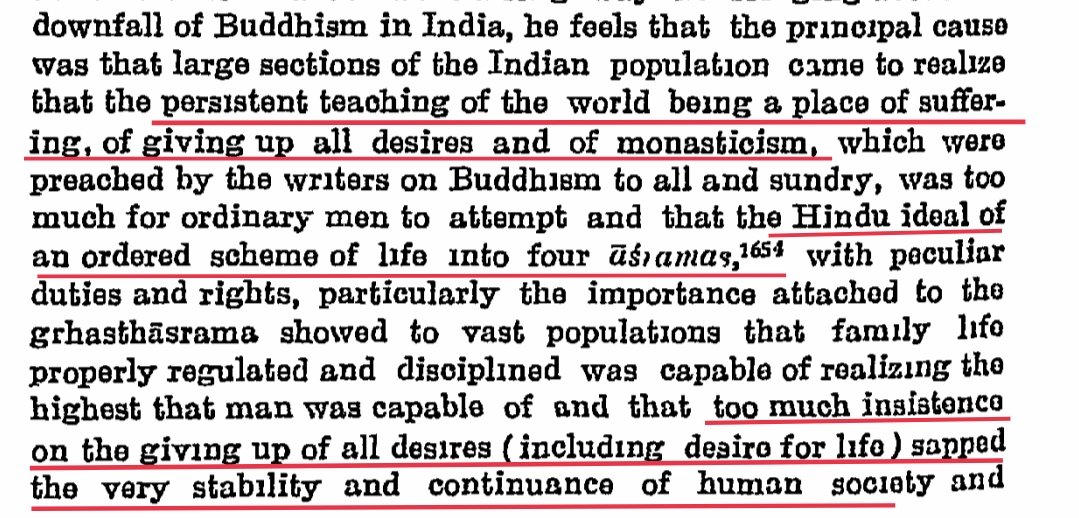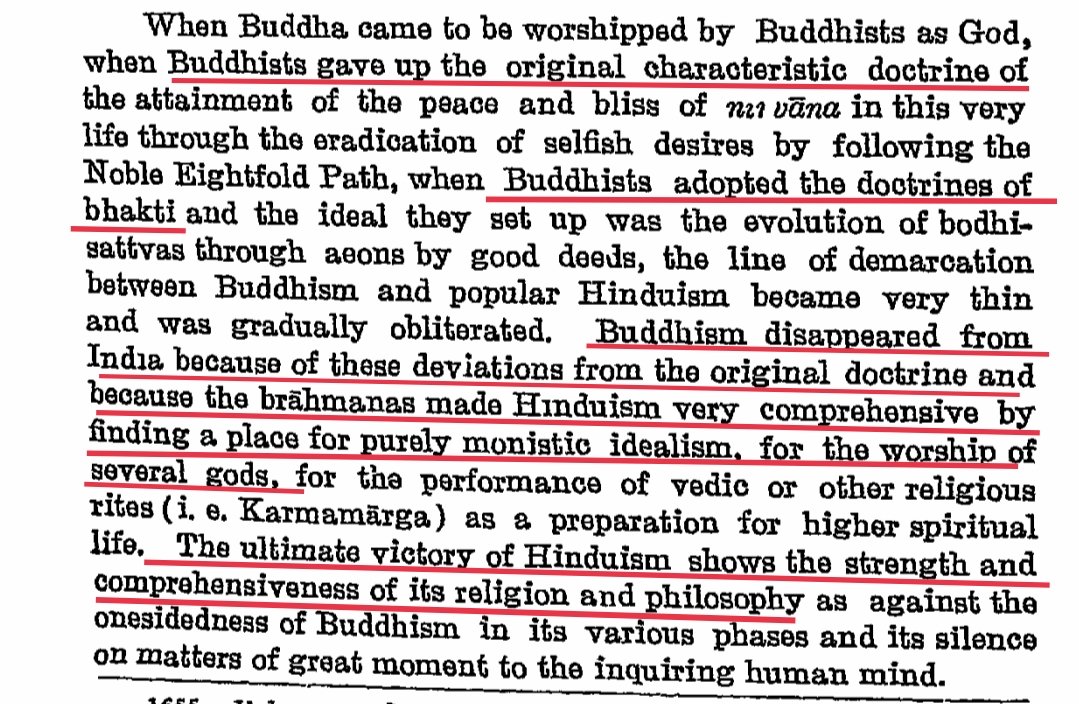
Kashmiri Brahmins & Karnataka go a long way. A large number of Kashmiri Brahmanas settled down in Vijayanagara. They were accorded a high position. In an inscription dated to 1368 CE during the reign of Bukka Raya, they are praised as virtuous & devoted to worship of Shiva. 

Kashmiri Brahmanas were always highly regarded in entire Bharat. Wherever they went, they commanded much respect in the courts of the maharajas. One such example is Sarangadeva, the author of Sangeeta ratnakara, whose patron was Singhana of the Devagiri.
Coincidentally there is a Vijayanagara connection to Sarangadeva & Sangeeta ratnakara. This important text was lost during the turushka invasion of Devagiri. More than a 100 yrs later,the text was found in Vijayanagara & commentaries were written on it at the orders of the king
More info in this thread.
https://twitter.com/_ugra_/status/1327975497565802500?s=19
• • •
Missing some Tweet in this thread? You can try to
force a refresh
















